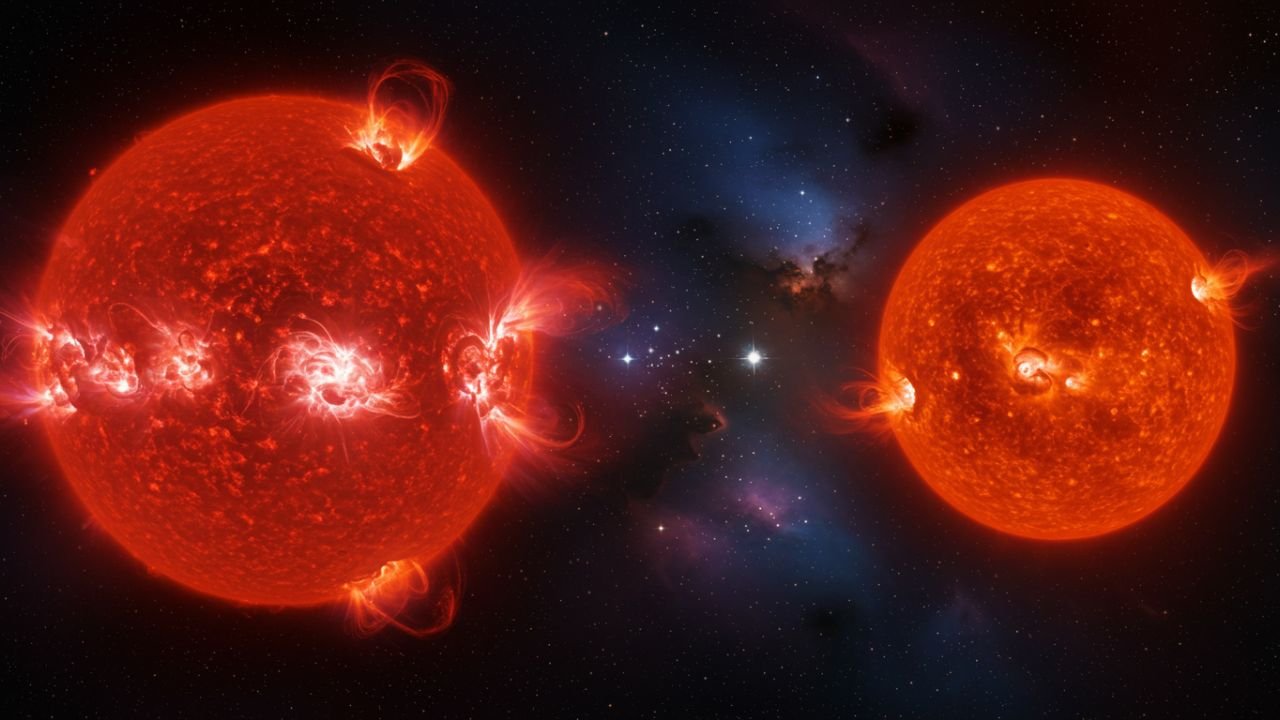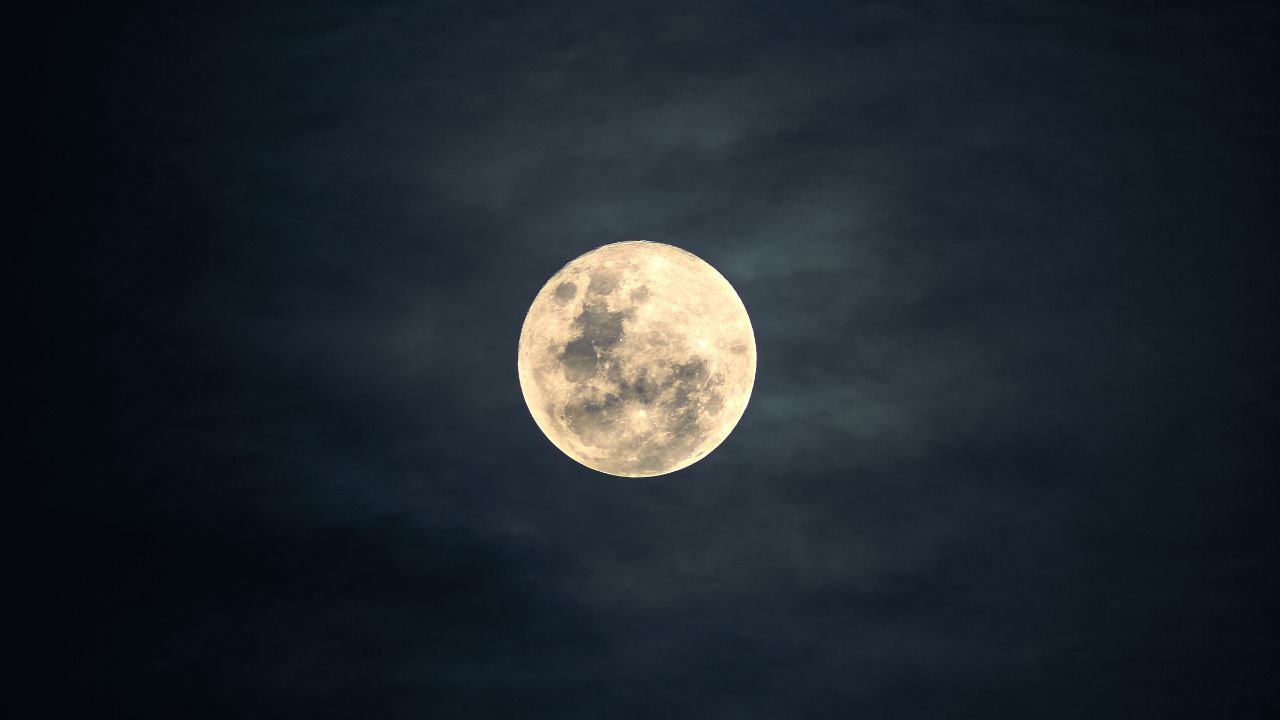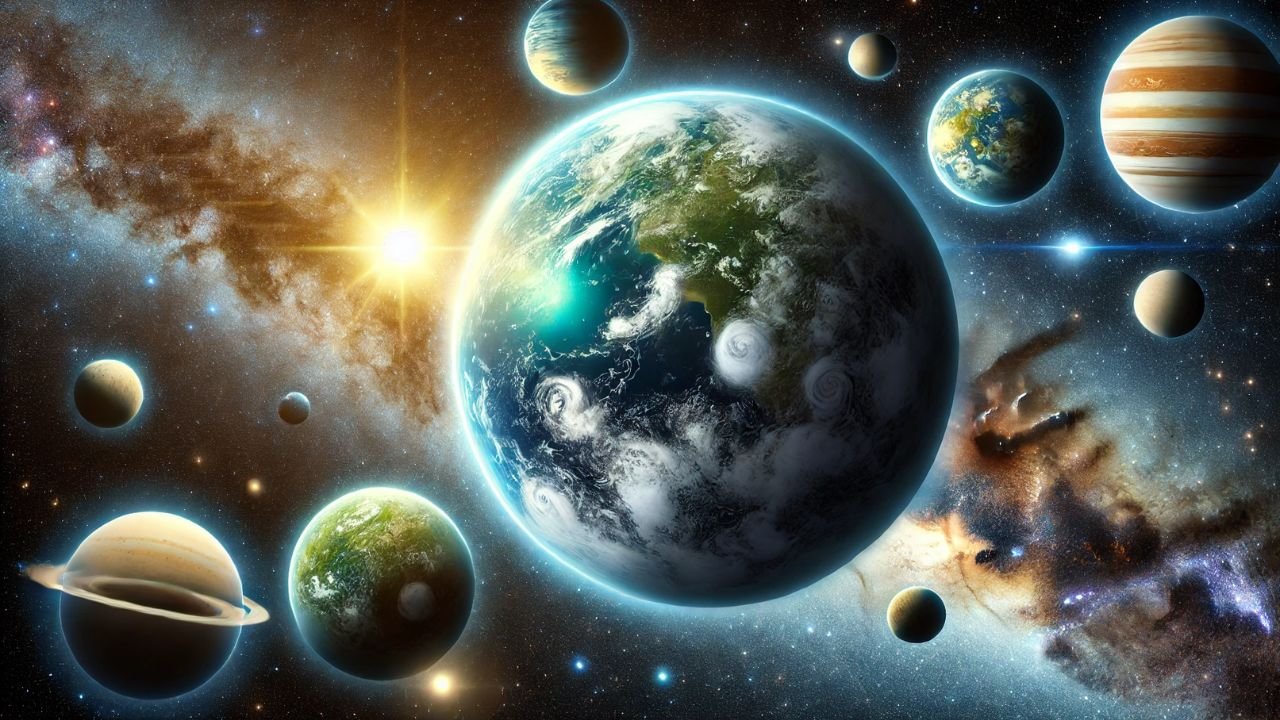Category: Space
Blood Moon 2025: Where and When to Witness the Spectacular September Eclipse
In early September, the night sky stages one of its most dramatic acts of the year: a total lunar eclipse—fondly dubbed the “Blood Moon.” The celestial stage will span Asia, Australia, Africa, Europe, and beyond, promising an unforgettable crimson spectacle. A Cosmic Curtain Rises On Sunday, September 7, 2025, Earth will align directly between the…
Written by
WOH G64 vs Stephenson 2-18: Comparison Of Size, Strength and Location
Massive stars such as WOH G64 and Stephenson 2–18 challenge our understanding of stellar evolution due to their extraordinary size and brightness. These red supergiants are among the largest known stars and are nearing the end of their life cycles, with predictions of their eventual supernova explosions. Studying these stars helps astronomers learn how massive…
Written by
Are Humans Really Aliens? Unveiling the Theory of Our Extraterrestrial Origins
The Extraterrestrial Origins of Humanity: A Comprehensive Analysis Are We Extraterrestrial? A comprehensive analysis of theories proposing that humanity originated beyond Earth, examining scientific evidence, historical perspectives, and recent developments in our understanding of life’s cosmic origins. Introduction The question of human origins has captivated scientists, philosophers, and the general public for centuries. While mainstream…
Written by
What’s on the Other Side of a Black Hole?
Black holes are some of the most fascinating and feared objects in the universe. They’re places where gravity is so strong, not even light can escape. But as far as we know, they’re also not the end of the story. A question that has puzzled scientists and dreamers alike is this: What’s on the other…
Written by
Space Microbes: New Bacteria Discovered on China’s Tiangong Space Station
In May 2023, the Chinese astronauts discovered a new type of bacteria, named Niallia tiangongensis, inside a cabin of the Tiangong space station. The finding of this bacterium raises important questions about its potential to evolve, survive and grow in extreme conditions of space. The discovery of Niallia tiangongensis plays a vital role as it…
Written by
Was Mars Habitable In The Past?
Mars, often called the Red Planet, has attracted attention as a planet for many years that may have supported life. Its surface features and geological structures give scientists important clues about its history. Through various space missions and research efforts, new information about the planet’s atmosphere has been revealed for the first time. Scientific evidence…
Written by
How Big Is the Moon Compared to Other Moons in the Solar System?
The Moon is one of the most interesting objects in the sky. People have looked at it for thousands of years, thinking about what it is and how big it can be. Although the moon seems smaller than the Earth or Sun, it is actually quite large, about 1/4 Earth size. In fact, its diameter…
Written by
How Many Goldilocks Planets Have Been Discovered So Far?
A Goldilocks planet describes those found in the habitable zone around their host star, where conditions are right for liquid water to exist on the surface. These planets are positioned neither too close nor too far from their star. However, being too close can result in excessive heat while being too far can lead to…
Written by
Can a Black Hole Destroy a Galaxy?
Black holes are among the most powerful objects in the universe, with gravitational forces so strong that nothing, not even light, can escape. They come in different sizes, from stellar-mass black holes, which are around 30 kilometers in diameter for a black hole with a mass roughly 10 times that of the Sun, essentially fitting…
Written by









